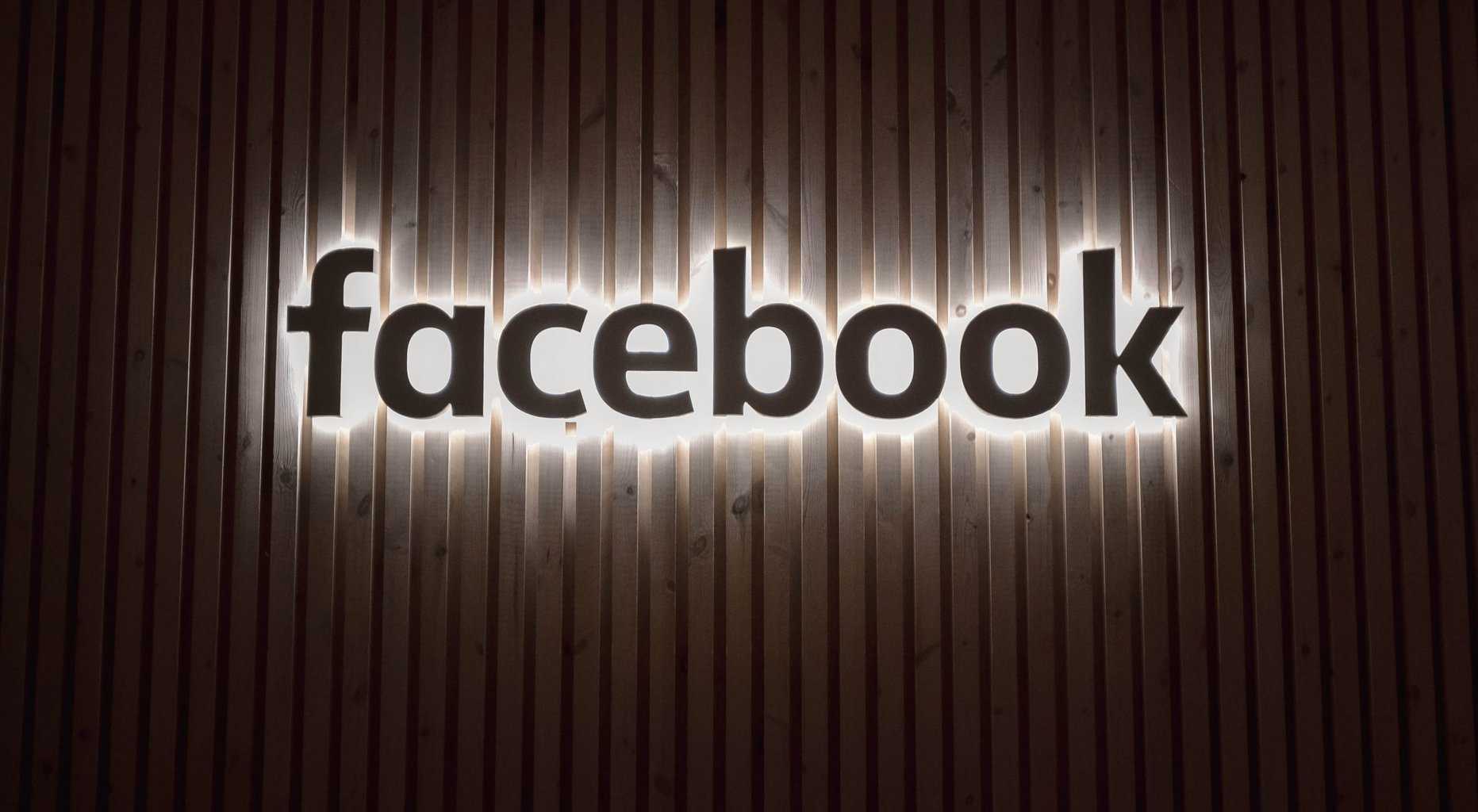Facebook has a 74% clickthrough rate? How do you take advantage of it?

Like every story concerning the internet lately, this piece starts with an “epic self-own” on Elon Musk. The newly appointed CEO and owner of Twitter celebrated his buy of the platform with a Tweet on November 13 about clickthrough rate.
“Twitter drives a massive number of clicks to other websites/apps. Biggest click driver on the internet by far.”
Ignoring the many, many people loudly shouting that he was wrong, such as Tom Coates, a product developer, tweeting: “100% wrong. Embarrassingly wrong. I mean even if you ignore the search engines it’s wrong. I can feel your ad execs and partnerships people (if there are any left) shrivelling up the more you type”, Musk’s tweet and “fact” was corrected by the best source: Twitter’s own fact-checker.
If you were to go looking for Musk’s original tweet, you will find an asterisk on it added by Twitter itself that says: “The reverse is true. Twitter drives 7% of web traffic referrals. Facebook drives 74%. Pinterest drives 7%.” And unlike Musk, this fact checker has the receipts to prove it from DataReportal.
Of course, the tweet is now deleted, but you might have noticed the same detail in there that caught our eye. Facebook is the biggest clickthrough rate driver? Huh. Does that come as a surprise to you? Now we know that, how do we take advantage of it? Facebook has dropped from the typical demographic of users, (young, creators, or brands), for a while now, and its transparent attempts to drag them back now getting quite embarrassing. And yet, the users that are there are clicking through. How do you optimise that? Let’s explore.
What is the demographic on Facebook?
So, let’s take a look at the stats. We can all have our ideas of what Facebook is to us and the people around is but that might not match the data. So, taking DataReportal as a reliable source, their reports say that roughly 36.8% of the world is using Facebook today. For comparison, Instagram is at 18.1%, TikTok is at 12.8% and Twitter is at 6.1% even before all the Elon Musk chaos. Facebook still has a worldwide reach that cannot be matched by the usual suspects. Facebook has 1.968 billion daily users as of July 2022, and its global advertising audience is at 73.9%. The US is the second biggest source of these users, behind India, at 182.3 million active users. A little over half the population is female at 56.8% and 43.2% male. The median age of Facebook’s advertising audience is 31 years old, which we all know is well over what Facebook or investors would prefer. Additionally, a report from Social Shepherd says that the Facebook demographic that grew the most between 2018 and 2019 in the US were people over 65 – to nearly 40%. Baby Boomers and Millennials have also risen by 2%. The only exception is Gen X (1965-76) and Gen Z, which have both decreased.
So, maybe Facebook isn’t for everyone, but it does have a large audience using it, and a clear demographic using it. It could be a great option for any brands that don’t necessarily need to match that “young audience” niche. Cleaning products, skincare and beauty products, cruises, gambling, and more.
What features can you use on Facebook?
Meta has been making a lot of moves to make Facebook appealing to marketers, and the good thing there means that if the demographic includes your audience, you have all the tools to get their attention. Influencers are being encouraged with monetization, reels now have product tags, and a few other features taken from the retail marketplace that is Instagram.
But there is another demographic available that is not only on Facebook but is outright pioneered by Facebook: Groups. There is a real sense of community that is emulated by Groups. There is a group for just about everything, whether you’re into shopping, books, parenting, or community events, and they’re typically localised. That is a lot of “communities” for your brand to infiltrate if the niche suits you.
And what comes with communities? Micro influencers. The affiliate partners that rise to the top of a small group, or a large group, are prime for marketing with loyal, dedicated group members instilling trust in them.
If you’re interested in gaining more insider knowledge on affiliate marketing, take a look at our blog, or for more personalized advice, book a free call with a member of our team.
Or for the very best advice, get your free tickets to gain access to our Amplify Virtual Summit. Coming in January of this year, Amplify aims to bring you the latest affiliate, performance, and partner marketing insights from across the globe. Don’t miss it.






